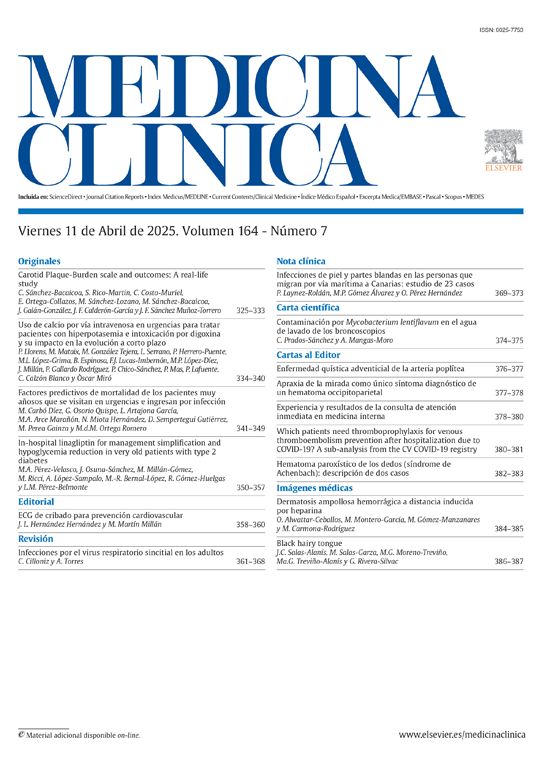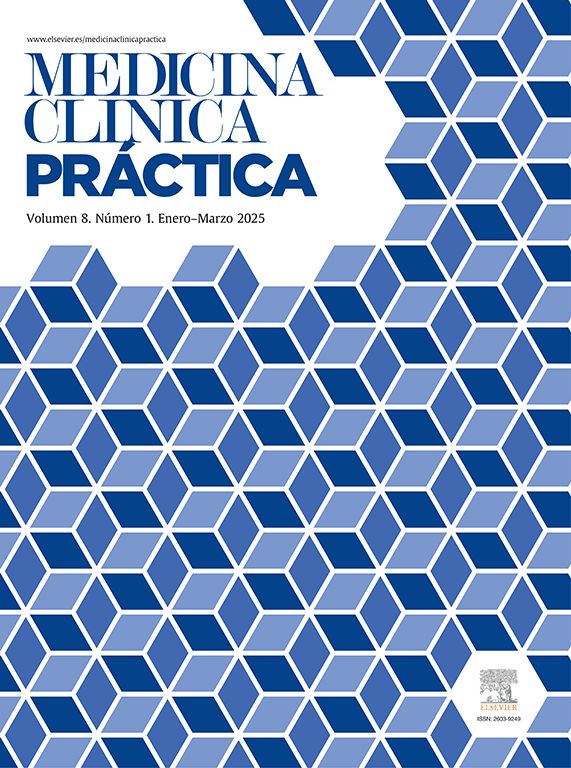Un tercio de los pacientes con cáncer colorrectal (CCR) en tratamiento quimioterápico desarrollan efectos adversos graves. El objetivo fue monitorizar las toxicidades, evaluar la calidad de vida y la utilidad de la App móvil EMMA Salud en estos pacientes.
Pacientes y métodosEstudio prospectivo unicéntrico de pacientes con CCR que iniciaron tratamiento con fluoropirimidinas entre febrero del 2022 y febrero del 2023. Mediante la aplicación los pacientes podían registrar los efectos adversos, interaccionar con los profesionales sanitarios y responder cuestionarios de calidad de vida (EORTC-CRC) y ansiedad/depresión (HADS).
ResultadosSe incluyó a 31 pacientes. Respecto al uso de la App, 10 (32,2%) registraron variables de interés, 11 (35,5%) toxicidades y 10 (32,2%) enviaron mensajes a los profesionales sanitarios. Un 48% de los pacientes utilizaron además la consulta telefónica de la enfermera gestora de casos. El porcentaje de respuesta a HADS y EORTC-CRC fue del 30% al inicio y del 10% a los 6 meses.
ConclusionesEl seguimiento de toxicidades mediante aplicación móvil puede mejorar la comunicación en pacientes motivados adherentes a las nuevas tecnologías. Sin embargo, la gestora de casos sigue siendo un recurso valioso.
One third of patients with colorectal cancer (CRC) undergoing chemotherapy develop serious adverse effects. The aim was to monitor toxicities, evaluate quality of life and the usefulness of the EMMA Salud mobile App in these patients.
Patients and methodsProspective single-center study including patients with CRC who started fluoropyrimidine-based chemotherapy treatment between 02/2022 and 02/2023. Through the mobile application, patients could record adverse effects, interact with healthcare professionals and answer quality of life (EORTC-CRC) and anxiety/depression (HADS) questionnaires.
ResultsA total of 31 patients were included. Regarding the use of the App, 10 patients (32.2%) recorded variables of interest, 11 (35.5%) recorded toxicities and 10 (32.2%) sent direct messages to healthcare professionals. Many patients (48%) also used the telephone consultation from the nurse case manager. The response rate to HADS and EORTC-CRC was 30% at baseline and 10% at approximately 6 months.
ConclusionsMonitoring toxicities through a mobile application can improve communication in motivated patients who adhere to new technologies. However, the role of the nurse case manager continues to be a valuable resource.









